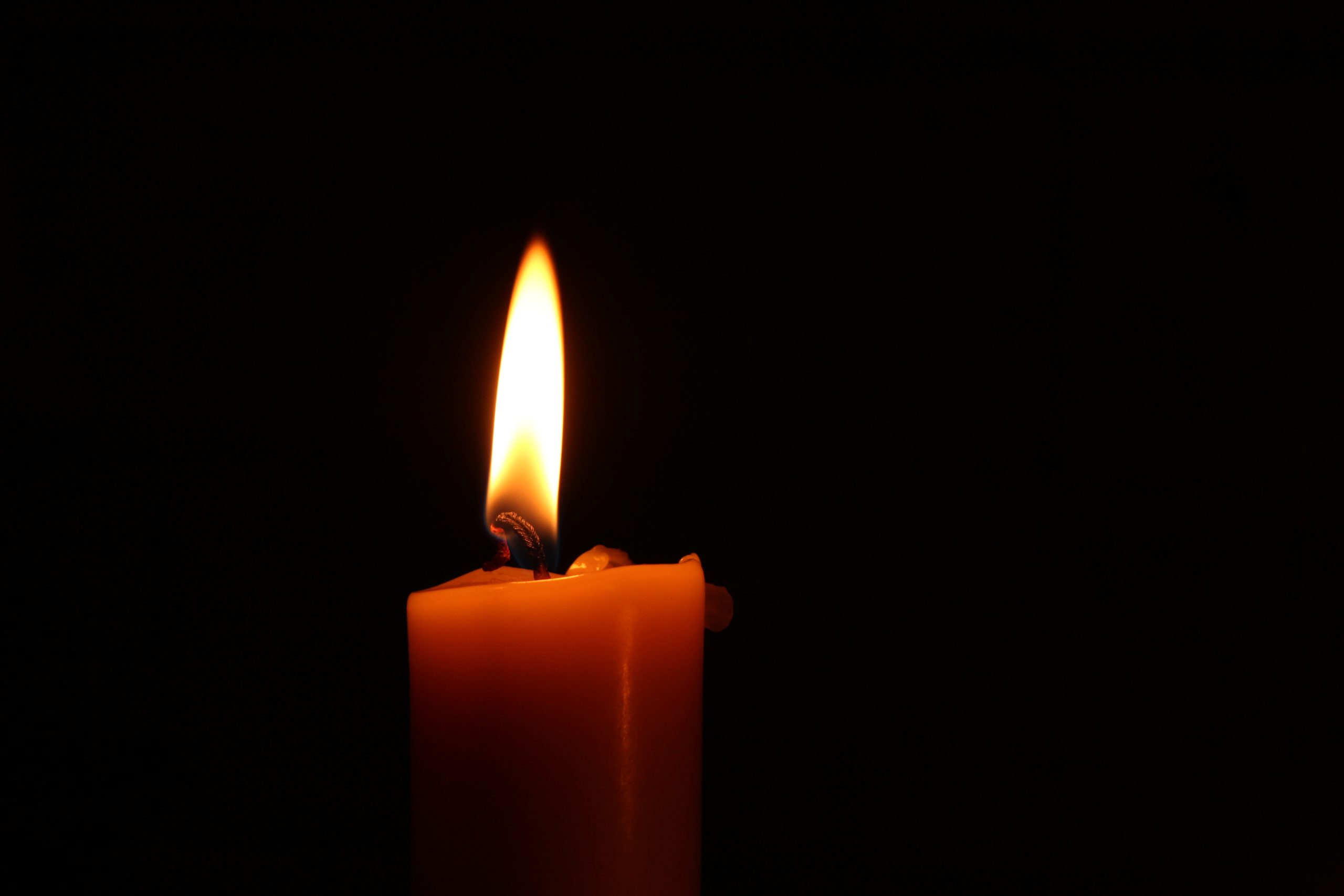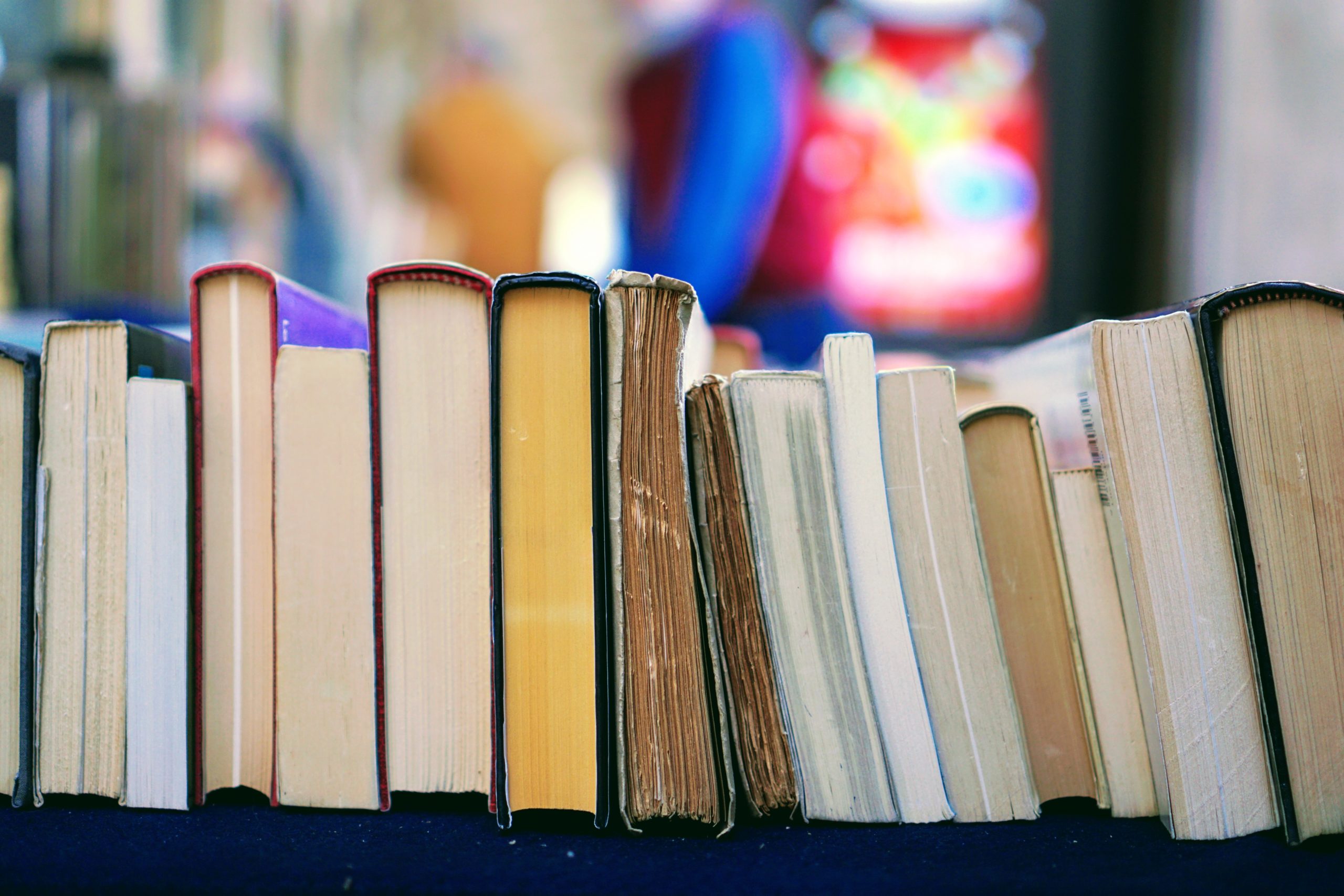
Candles and Brush Fires
By: Tim Elmore
I lived in southern California for many years. Every year, it seemed we heard about another fire that broke out. The dry, warm weather coupled with a careless mistake can be deadly. Wildfires have been rampant, destroying miles of property as they spread.
During the summer and fall of 2018, California experienced the deadliest wildfire season in its history. A total of 8,527 fires burned an area of 1,893,913 acres, the largest area ever recorded in a fire season. By May 2019, insurance claims reached $12 billion.
It was terrifying.
The deadliest round of fires, however, spread ferociously through California in November that year. They did even more damage, killing at least 85 people and destroying more than 18,000 structures. These fires accomplished worse damage primarily because of the wind. A person who’s never lived in an area vulnerable to brushfires might assume the wind would put the fire out.
On the contrary, the fires just get worse.
The most frightening element about brush fires is that a strong wind not only fails to put them out; it actually makes the fire stronger and spread faster. Hoping that a gust of wind will extinguish it is wishful thinking. A friend of mine who endured recent California fires actually requested on social media, “Please pray that the winds will stop!”
A wildfire is very different from a candle.
Candles are also flames, but they react inversely to winds. The same wind that extends a brushfire extinguishes a candle. In fact, it takes only a small breath to blow candles out on a birthday cake. This is the biggest difference between the two. A brushfire gets bigger and stronger. A candle goes out. The “wind” reveals what the fire really is:
- A candle is fragile.
- A brushfire is agile.
I know two young men who both suffered severe injuries in automobile accidents. In fact, both were thrown from their vehicles and are now paralyzed. Sadly, both of them were highly recruited athletes in high school, but now live life in a wheelchair as paraplegics. One of these guys reacted the way millions of others would react to this kind of a tragedy. He’s grown bitter and pessimistic and has little motivation to do anything. After all, he’s disabled.
The other is a dear friend of mine, Timothy Alexander. He’s never looked back and continues to pursue his dream of being a positive influence on people. After progressing through rehab, Timothy continued to work out as though he was still a football player. He worked so hard (without the use of his legs) that he still made the football team at the University of Alabama at Birmingham. Coaches said they wanted his work ethic and positive attitude on their team, even if he could never play a down. This victim in a wheelchair got a football scholarship. During his college tenure, he worked out daily with the team, removing any excuse for laziness from his teammates. He encouraged and pushed his peers like no one I’ve ever seen.
How to Become a Brushfire
So, what’s the key to becoming a brushfire? How do we prevent ourselves from being fragile? When your winds of adversity start blowing, you’ve really got four options on how to respond. Observe your reactions the next time you get hit with a tough storm:
- Curse it. You can get angry and resentful, shaking your fist at your adversity. You can become bitter over time, often cursing the problem and blaming others for it.
- Nurse it. You can tenderly keep the problem alive and look to share your misery with others. You wallow in a pool of self-pity, seeking sympathy for what you’ve endured.
- Rehearse it. You can stew on it, reviewing the problem over and over, but never get past it. You become emotionally paralyzed, getting stuck on “what-ifs” and regrets.
- Reverse it. You can turn the very problem into a possibility. By staying on mission, the wind that could extinguish you becomes the tool to build and make you stronger.
The fourth option above reminds us the key is staying on mission. When you remain focused on your mission, you begin to see all kinds of new opportunities to use your altered circumstances for the benefit of that mission. This focus helps you interpret life and leverage it for your purpose. We must not let the “winds” distract us and eventually smother our fire.
I am elated to let you know—this metaphor is actually a new “Habitude” (images that form leadership habits and attitudes.) We will be including it on our new digital course: Habitudes® for Social and Emotional Learning, releasing this fall. (Do I have this right?)
For information on Habitudes®, go to: GrowingLeaders.com/Habitudes





